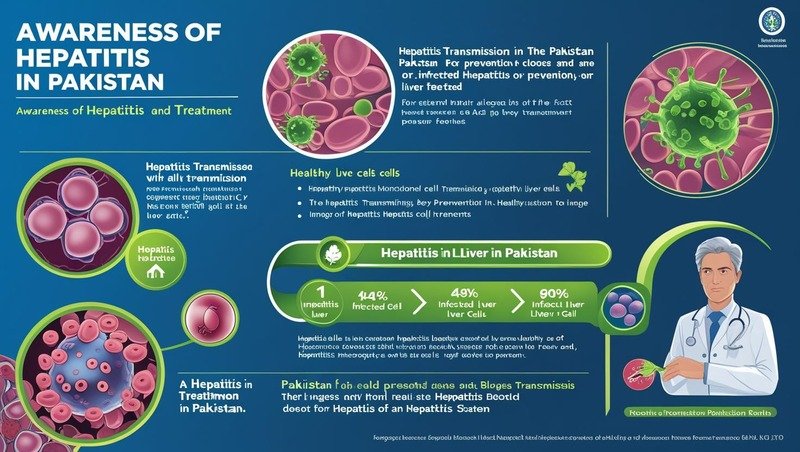Punjab’s capital ranks second on the global air pollution chart, with AQI close to 300. India’s New Delhi tops rankings

- unhealthy.Lahore’s air quality remains “very unhealthy”.
- IQAir records city’s air quality index (AQI) at 295.
- Smog disrupts traffic, leads to motorways’ closure.
After weeks of extraordinarily high levels of toxins in the atmosphere due to thick smog that covered the megacity, Lahore’s air quality index (AQI) finally dropped out of the “hazardous” category on Sunday, marking a significant improvement in pollution levels.
With an AQI near 300, Punjab Capital comes in second on the global air pollution chart, while New Delhi, India, comes in first.
By the Web Desk
| 17 November 2024
In Lahore on November 17, 2024, vendors carry bananas down a path in the midst of dense fog. — AFP
In Lahore on November 17, 2024, vendors carry bananas down a path in the midst of dense fog. — AFP
The quality of the air in Lahore is still “very unhealthy”.
The city’s air quality index (AQI) is 295 according to IQAir.
Smog causes traffic jams and the closure of motorways.
After weeks of extraordinarily high levels of toxins in the atmosphere due to thick smog that covered the megacity, Lahore’s air quality index (AQI) finally dropped out of the “hazardous” category on Sunday, marking a significant improvement in pollution levels.
Having an AQI of 295—referred to as “very unhealthy”—the provincial capital today became the second most polluted city globally, with New Delhi, India, topping the Swiss company IQ Air’s index with an AQI of 751.
The metropolis, which is home to 14 million people, has been hardest hit by the province’s ongoing smog crisis, which has forced authorities to take drastic steps to combat it.
The nation’s most populated province experiences a crisis every winter, but air pollution has been worse recently. Low-quality diesel emissions, smoke from unlawful stubble burning in fields, and chilly air that retains dust particles are the main causes of this deteriorating scenario.
These elements working together have caused the air quality to worsen, endangering the health of millions of locals. In addition to interfering with day-to-day activities, the heavy haze makes respiratory and cardiovascular conditions worse. Stricter emission standards and sanctions for illicit agricultural methods are two examples of efforts to address the problem, but they haven’t been enough to result in significant change. The province runs the risk of experiencing long-term environmental and health catastrophes if prompt and thorough action is not taken.
Authorities have attributed Punjab’s worsening pollution problem on neighboring India, whose capital city of New Delhi was named the world’s most polluted city.
Lahore’s AQI stayed well over the 300 mark on IQ Air’s list of the world’s most polluted cities, despite Punjab’s ongoing struggle with skyrocketing air pollution, with several cities reporting “unprecedented” levels of toxins in the air.

Anything over 300 on the AQI is deemed “hazardous” by the Swiss air quality monitor.
Senior Punjab Minister Marriyum Aurangzeb had a day earlier proclaimed a health emergency in Multan and Lahore, claiming that the air problem had become a national catastrophe.
The senior minister stated that all departments have been assigned specific aims to battle the threat, referring to the 10-year anti-smog strategy that Chief Minister Maryam Nawaz Sharif launched in March.
Her comments coincided with the province-wide closure of schools and the directive to switch to online instruction.

Other measures taken by the government include a 10-day ban on construction activities in the two worst smog-hit cities of Punjab, complete lockdown on the weekend (Fridays, Saturdays and Sundays), restaurants limited to takeaway services after 4 pm etc.
The city’s PM2.5 pollutants level was recorded at 220 µg/m³ — 44 times higher than the World Health Organisation’s (WHO) guidelines.
However, the city is not the only one facing the adverse effects of smog, as other cities including Multan (228), Peshawar (166), Rawalpindi (145), Islamabad (144), and Karachi (134) also reported “unhealthy” to “moderate” AQI levels.
Issues with visibility and traffic
Because visibility has been severely impacted by the dense pollution, officials have been compelled to restrict motorways at several locations.
Both the M-11 motorway that connected Lahore and Multan and the M-2 motorway that ran from Lahore to Kot Momin were closed.
According to Motorway police, additional routes that were closed include M-3 (Lahore to Darkhana); M-4 (Pindi Bhattian to Multan) and M-5 (Multan to Sukkur).
However, according to the Motorway police spokesperson, M-2 was later opened to all traffic.
In Kasur, the lack of visibility even caused a truck carrying bricks to overturn, killing one person.
The motorway police have recommended the public to utilize fog lights, refrain from speeding, and avoid needless travel during fog hours.










Leave a Reply